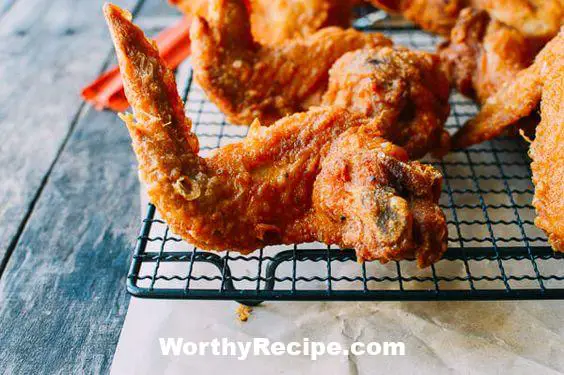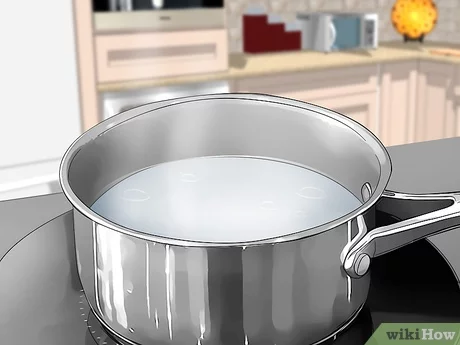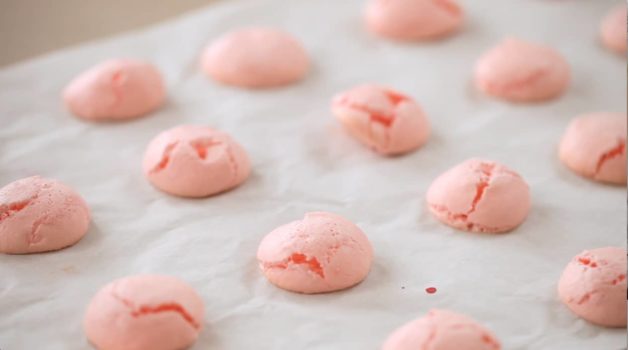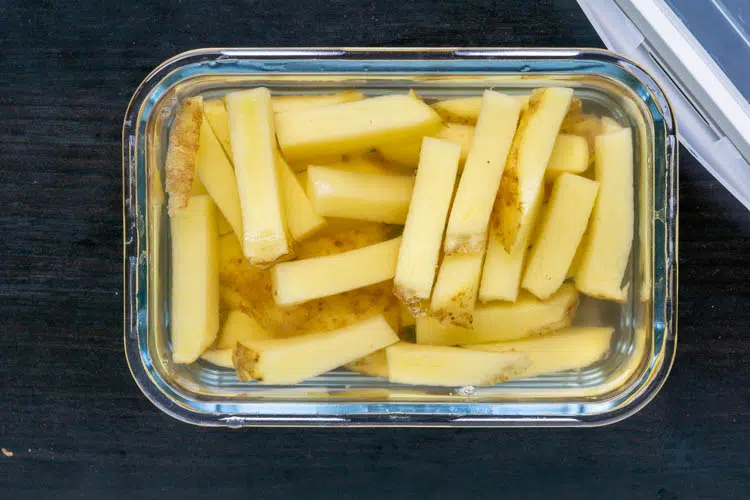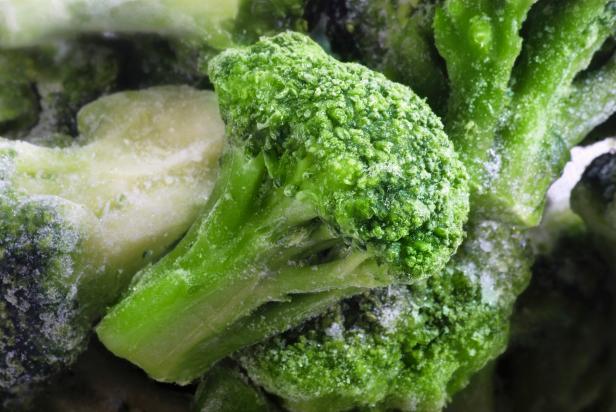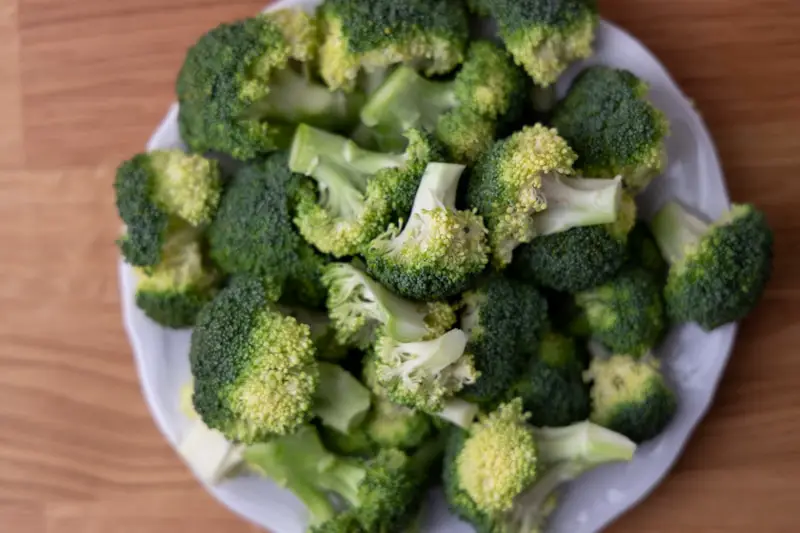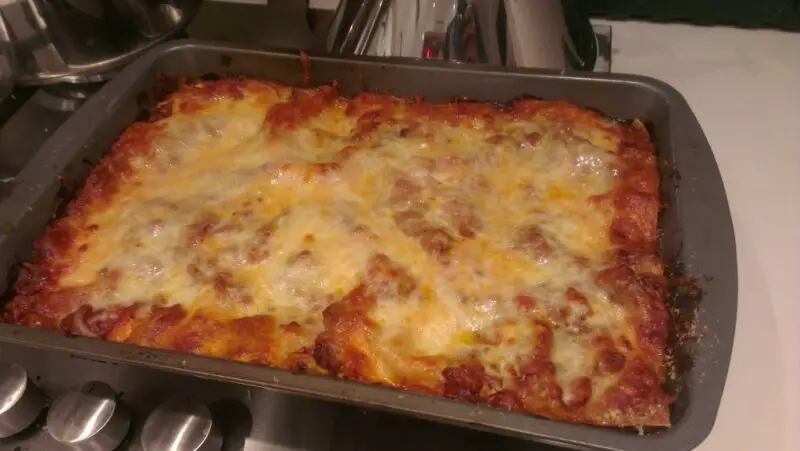Are the Chicken Wings Cooked When They Float?
Chicken wings are a popular dish around the world, served in many different ways and with various dips or sauces. However, one common question that people often ask is whether chicken wings are cooked when they float. While floating wings do not necessarily indicate whether they are fully cooked, there are several signs to look for to ensure safe consumption.
Chicken Wing Cooking Process
The cooking process typically starts with the preparation of the wings, which involves cleaning them and cutting them into sections. Proper cleaning and sanitization can greatly reduce risks of contamination from bacteria that can cause foodborne illness. Once cleaned, you can season the wings before cooking them.
The next step involves choosing a cooking method such as baking, grilling, or deep-frying. The cooking time and temperature usually depend on both the instructions for the chosen cooking method and factors like the weight of the wings or the type of oven used. Generally, baking in an oven at 375°F for 40-45 minutes is recommendable, or grilling for 15-20 minutes per side until fully cooked through. If deep-frying, aim for setting oil temperature above 350°F since temperature drops when adding food items into it.
Factors that may affect cooking time and temperature include differences in altitude, humidity level at your location, thickness of the wing sections among other factors. It’s crucial to take these factors into account to avoid undercooking or overcooking the chicken wings.
Signs That Chicken Wings Are Fully Cooked
While floating chicken wings may not necessarily be done cooking yet due to several factors like amount of fat on their exterior or how long their bones have retained their air pockets during cooking process, there are visible signs you can check to ascertain that they are well cooked:
Changes in color:
Raw chicken wings have pink or reddish hue meat on top of their bones while the fully cooked ones turn white or brown. So when you notice any trace of pink or red, your wings may need a few more minutes to reach safe internal temperature.
Firmness of the meat:
The texture of fully cooked chicken wings becomes firm but not overcooked to prevent from getting dried out and losing their flavors. Carefully touch both the exterior and interior with your tongs to ascertain that it is firm but not hard, which could indicate overcooking.
Appearance of juices:
A fully cooked chicken wing typically releases clear fluid when pierced. Raw chicken wings will often release a blood-like liquid. If there is any fluid running out that looks cloudy, pink, or bloody, cook for a few extra minutes or use a thermometer
The role of a thermometer in determining whether chicken wings are fully cooked.
Using a meat thermometer can be an extremely helpful tool, especially if you are not experienced in cooking chicken wings regularly. Simply insert it into the thickest part of a section without touching the bone to get an accurate reading.
When using a meat thermometer, aim for 165°F. The temperature ensures that all harmful bacteria have been killed and the wings remain delicious and juicy.
Why Do Some Chicken Wings Float While Others Do Not?
Chicken wings tend to float during cooking due to several reasons that may include:
Amount of fat on the wings:
Chicken skin contains fat, which causes it to become buoyant in hot oil or water used for cooking. It usually causes them to float while cooking, making it difficult to determine their doneness using this as a factor.
Air trapped inside the bones:
Floating chicken wings may also have air trapped inside the bones due to the way they’re manipulated during processing. The high temperature of cooking causes the steam within the bones to expand and escape through small openings, resulting in floating.
Length of time cooked:
The time it takes for chicken wings to cook can vary depending on method employed and other factors such as seasonings or type of oven used. Some wings may not be fully cooked when floating because cooks pre-heated oil at too high temperatures, causing them to cook too quickly on the outside.
Chicken Wing Safety Tips
Besides ensuring that your chicken wings are adequately cooked, handling of raw poultry is critical in minimizing linked foodborne illness risks. Below are some tips:
Storage before and after cooking, to reduce contamination risk:
- When raw wings are purchased, it is advisable to refrigerate them immediately upon arriving home until ready to cook. Putting them in cling wrap or resealable bags can help keep out air and prevent contamination from other foods that may contain harmful bacteria like Salmonella or E.coli.
- After your chicken wings are fully cooked, you should only leave them out at room temperature for up to 2 hours before placing them back in the refrigerator. This will help prevent bacteria growth and avert potential food poisoning.
Proper handling techniques to minimize cross-contamination risk:
- Always wash hands thoroughly with soap and water before and after handling raw poultry or any meat products.
- Use separate utensils for raw poultry and other food products, such as fresh produce, that are consumed without cooking.
- Remove any visible blood spots as these can harbor bacteria by cutting them out off as much as you can.
Hygiene practices while cooking or serving chicken wings:
- Your apron, kitchen surfaces, and utensils must be washed between use to avoid cross-contamination. In addition, it is advisable to have a separate cutting board designated strictly for chicken wings and not used for other types of food.
- Avoid touching ready-to-eat foods with dirty utensils or hands used to handle raw chicken. Disinfect the preparation area before serving cooked wings.
- Eat your cooked chicken wings immediately or store in proper containers when they have completely cooled down in the refrigerator. If freezing, ensure that you cover them properly with a sealable bag or container that is suitable for freezer storage and mark the date. They are best consumed within six months when stored in freezers.
Cooking Methods for Chicken Wings
Here are recommended instructions for each method:
Baking: pros and cons, recommended temperature, and timing
Baking chicken wings provides crispy skin while fat drips under the lining resulting in a less fatty dish. Here are the steps:
- Preheat oven at 375°F and line a baking sheet with parchment paper for easy cleaning.
- Pat dry fully-seasoned wings and spread them into a single layer. Bake undisturbed for 40-45 minutes until skin is crispy and no longer chewy or tender.
Grilling: pros and cons, recommended timing
Grilling chicken wings is a popular cooking method that results in a smokier, crispy flavor to the skin. Here’s how:
- Preheat your grill to medium-high temperature.
- Basting with your favorite seasonings, grill chicken wings for 15 – 20 minutes per side, or until fully cooked through.
Deep-frying: pros and cons, recommended oil temperature
Deep-frying provides an exceptional texture in crispy morsels that are full of flavor. However, it requires special precautions when heating the oil up. Here are some guidelines:
- Pour enough canola oil into a frying pan and heat to 350°F. Do not overcrowd your pan if you are using one as it can affect how hot the cooking oil stays causing them to get soggy.
- Carefully add the marinated chicken wings to the hot oil with long tongs or a slotted spoon so as not to splatter yourself with hot oil. Leave them undisturbed for about fifteen minutes before checking if they are ready.
Troubleshooting Common Problems with Chicken Wings
It is common for some parts of chicken wings to appear undercooked or overcooked due to several factors, but the key is troubleshooting them correctly to ensure you still end up with delicious wings. Here’s how:
Undercooked Meat:
If you observe any signs that your chicken wings may not be fully cooked such as pink flesh, act fast. You can return the meat back into the oven at high heat for more minutes until you obtain an internal temperature of 165°F as the minimum ideal temperature. Continue cooking and checking every few minutes until the wings appear thoroughly cooked.
Overcooked Meat:
Adding too much heat causing burnt or charred areas of chicken with dry-stringy texture is often an issue that can render a ruinous meal. Fortunately, there are ways to fix it, such as:
- Remove sections that are seriously overdone and serve the others freshly out of the oven or grill.
- Baste wings with barbecue sauce before reheating them in an oven briefly for about three to five minutes before coating them on your preferred sauce.
- You could make small cuts into overcooked seams and gently pour some of your favorite sauce onto it, let it soak in for a while under low heat until it forms part of your dish’s flavors.
Overcoming Fears About Undercooking Chicken
The idea of serving undercooked food always provokes thoughts of dangerous bacteria like Salmonella or E.coli, which emanate anxiety in many people. To overcome such fears, here are some tips to help:
- Cook chicken wings in a familiar recipe that you have made before. This adds to your confidence knowing that it turned out well previously.
- Invest in an instant-read meat thermometer, which provides accurate readings on internal temperatures. Measure the temperature by using its instructions and check frequently to ensure they reach 165°F.
- Always follow manufacturer’s instructions for cooking methods on labels or packaging if available. This will go a long way in ensuring that you prepare the wings safely and according to best practices.
Conclusion
Chicken wings are a popular and delicious meal for many, but it’s essential to ensure they’re fully cooked before consuming them. While floating wings do not necessarily mean they are ready, physical signs like color, firmness, and internal temperature of at least 165°F can provide an accurate indication.
In addition, practicing proper hygiene such as washing sauces and kitchen surfaces before cooking with chicken is vital in minimizing risks of foodborne illnesses. Cooking methods such as baking, grilling or deep-frying offer different flavors and textures, which you can explore based on your preference.
If you fear undercooking your chicken wings, use a thermometer to ensure that it meets the safe minimum temperature requirements. And if your wings are overcooked, don’t fret; you can still fix charred segments and use them in tasty ways that preserve their flavor and texture.
By following the above guidelines on the best practices for cooking and handling chicken wings safely, you will reduce the risk of health hazards and ultimately enjoy this beloved cuisine without anxiety.
FAQ 1: Do chicken wings float when they are cooked?
Yes, chicken wings do float when they are cooked. This is because the heat causes the air pockets between the skin and the meat to expand, making the wings less dense and therefore allowing them to rise to the surface.
FAQ 2: How long does it take for chicken wings to float when they are cooked?
The time it takes for chicken wings to float when they are cooked can vary depending on a variety of factors such as the temperature of the oil, size of the wings, and cooking method. However, typically this can take anywhere from 7-10 minutes.
FAQ 3: Can you tell if chicken wings are cooked by just looking at them floating?
While floating is a good indication that the chicken wings have been cooked thoroughly, it is not enough to confirm if they are safe to eat. To ensure that your chicken wings are fully cooked and safe to eat, use a meat thermometer and check that an internal temperature of 165°F has been reached.
FAQ 4: Why do some chicken wings not float even though they are cooked?
If your chicken wings have not floated even though they’ve been cooked thoroughly, it could be because of various factors such as their size, thickness, or type of coating used. Some may also sink if you overcrowd the pan while frying. If you’re unsure if your chicken wings have been fully cooked, use a meat thermometer to ensure that they’ve reached an internal temperature of 165°F.
